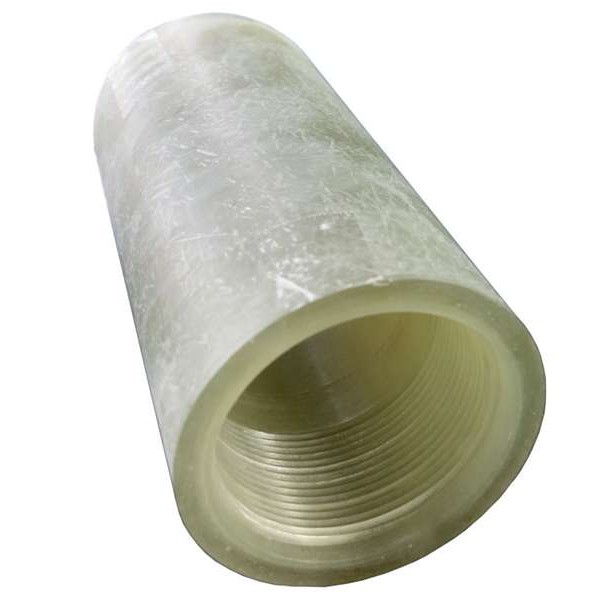
-
 Afrikaans
Afrikaans -
 Albanian
Albanian -
 Amharic
Amharic -
 Arabic
Arabic -
 Armenian
Armenian -
 Azerbaijani
Azerbaijani -
 Basque
Basque -
 Belarusian
Belarusian -
 Bengali
Bengali -
 Bosnian
Bosnian -
 Bulgarian
Bulgarian -
 Catalan
Catalan -
 Cebuano
Cebuano -
 China
China -
 China (Taiwan)
China (Taiwan) -
 Corsican
Corsican -
 Croatian
Croatian -
 Czech
Czech -
 Danish
Danish -
 Dutch
Dutch -
 English
English -
 Esperanto
Esperanto -
 Estonian
Estonian -
 Finnish
Finnish -
 French
French -
 Frisian
Frisian -
 Galician
Galician -
 Georgian
Georgian -
 German
German -
 Greek
Greek -
 Gujarati
Gujarati -
 Haitian Creole
Haitian Creole -
 hausa
hausa -
 hawaiian
hawaiian -
 Hebrew
Hebrew -
 Hindi
Hindi -
 Miao
Miao -
 Hungarian
Hungarian -
 Icelandic
Icelandic -
 igbo
igbo -
 Indonesian
Indonesian -
 irish
irish -
 Italian
Italian -
 Japanese
Japanese -
 Javanese
Javanese -
 Kannada
Kannada -
 kazakh
kazakh -
 Khmer
Khmer -
 Rwandese
Rwandese -
 Korean
Korean -
 Kurdish
Kurdish -
 Kyrgyz
Kyrgyz -
 Lao
Lao -
 Latin
Latin -
 Latvian
Latvian -
 Lithuanian
Lithuanian -
 Luxembourgish
Luxembourgish -
 Macedonian
Macedonian -
 Malgashi
Malgashi -
 Malay
Malay -
 Malayalam
Malayalam -
 Maltese
Maltese -
 Maori
Maori -
 Marathi
Marathi -
 Mongolian
Mongolian -
 Myanmar
Myanmar -
 Nepali
Nepali -
 Norwegian
Norwegian -
 Norwegian
Norwegian -
 Occitan
Occitan -
 Pashto
Pashto -
 Persian
Persian -
 Polish
Polish -
 Portuguese
Portuguese -
 Punjabi
Punjabi -
 Romanian
Romanian -
 Russian
Russian -
 Samoan
Samoan -
 Scottish Gaelic
Scottish Gaelic -
 Serbian
Serbian -
 Sesotho
Sesotho -
 Shona
Shona -
 Sindhi
Sindhi -
 Sinhala
Sinhala -
 Slovak
Slovak -
 Slovenian
Slovenian -
 Somali
Somali -
 Spanish
Spanish -
 Sundanese
Sundanese -
 Swahili
Swahili -
 Swedish
Swedish -
 Tagalog
Tagalog -
 Tajik
Tajik -
 Tamil
Tamil -
 Tatar
Tatar -
 Telugu
Telugu -
 Thai
Thai -
 Turkish
Turkish -
 Turkmen
Turkmen -
 Ukrainian
Ukrainian -
 Urdu
Urdu -
 Uighur
Uighur -
 Uzbek
Uzbek -
 Vietnamese
Vietnamese -
 Welsh
Welsh -
 Bantu
Bantu -
 Yiddish
Yiddish -
 Yoruba
Yoruba -
 Zulu
Zulu
grp chimney
The Role of GRP Chimneys in Modern Construction
In the ever-evolving landscape of construction and architecture, the materials used for building infrastructures play a crucial role in determining their durability, efficiency, and overall sustainability. One innovative solution that has gained significant traction in recent years is the Glass Reinforced Plastic (GRP) chimney. This article explores the advantages, applications, and future implications of GRP chimneys in both industrial and residential settings.
What is a GRP Chimney?
GRP, or Glass Reinforced Plastic, is a composite material made from a polymer matrix reinforced with glass fibers. This combination provides remarkable strength-to-weight ratios and corrosion resistance, making GRP an ideal choice for chimney construction. GRP chimneys are designed to withstand harsh environmental conditions, including extreme temperatures, moisture, and chemical exposure, all while maintaining structural integrity.
Advantages of GRP Chimneys
1. Corrosion Resistance One of the most significant advantages of GRP chimneys is their resistance to corrosion. Unlike traditional brick or metal chimneys that may degrade over time due to exposure to acidic flue gases, GRP materials remain unaffected, leading to increased lifespan and reduced maintenance costs.
2. Lightweight Yet Strong GRP chimneys are considerably lighter than their traditional counterparts. This lightweight characteristic simplifies installation processes, reduces the need for extensive support structures, and lowers transportation costs.
3. Thermal Efficiency The insulating properties of GRP contribute to better thermal performance. This efficiency aids in minimizing heat loss during the exhaust process, ensuring that systems operate at optimal levels. As a result, facilities can achieve better energy efficiency, contributing to lower operational costs.
grp chimney

4. Flexibility in Design GRP chimneys can be crafted in various shapes and sizes, allowing for greater flexibility in design. They can be molded to fit different architectural styles, providing an array of aesthetic options for builders and architects. This versatility makes GRP chimneys a popular choice for projects where visual appeal is as important as functionality.
5. Environmentally Friendly With growing concerns about environmental impact, GRP chimneys stand out as a more eco-friendly option. The production process of GRP can be more sustainable than that of traditional materials, and their longevity means less frequent replacements and reduced waste.
Applications of GRP Chimneys
GRP chimneys are suitable for a variety of applications across different sectors. In industrial settings, they are commonly used in power plants, manufacturing facilities, and chemical processing plants where the emissions must be effectively channeled. Their resilience against harsh chemicals and high temperatures makes them an excellent choice for these demanding environments.
On the residential front, GRP chimneys have begun to gain popularity as a stylish and functional alternative to conventional chimneys. As more homeowners seek efficient and sustainable solutions in their property renovation or new construction projects, GRP chimneys offer an appealing option that does not compromise on performance or aesthetics.
The Future of GRP Chimneys
As the construction industry leans towards sustainable practices, the use of GRP materials is expected to increase. Ongoing research and technological advancements suggest that GRP chimneys will become even more refined, offering improved performance characteristics and enhanced environmental benefits.
In conclusion, GRP chimneys represent a significant advancement in chimney design and construction. Their multitude of benefits—including corrosion resistance, lightweight structure, thermal efficiency, design flexibility, and eco-friendliness—position them as a leading choice for modern buildings. As industries and homeowners continue to prioritize sustainability and efficiency, GRP chimneys are likely to play a pivotal role in shaping the future of construction. Embracing these innovations will not only enhance architectural aesthetics but also promote more sustainable practices across various sectors. The choice to incorporate GRP chimneys may serve as a crucial step toward building a greener, more resilient future.









